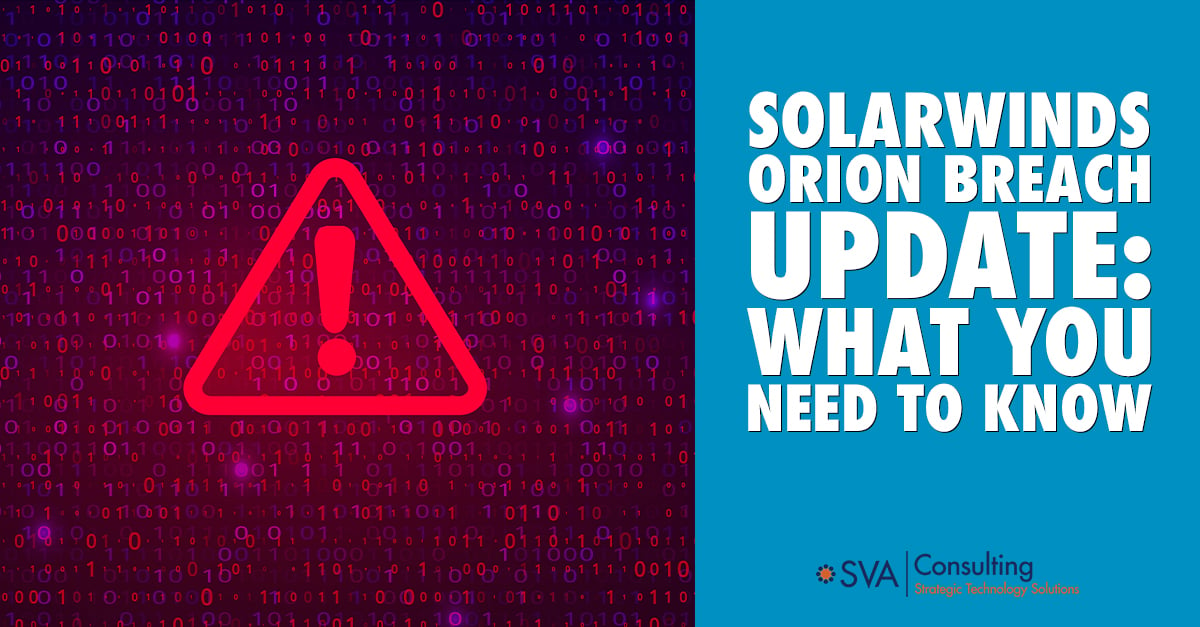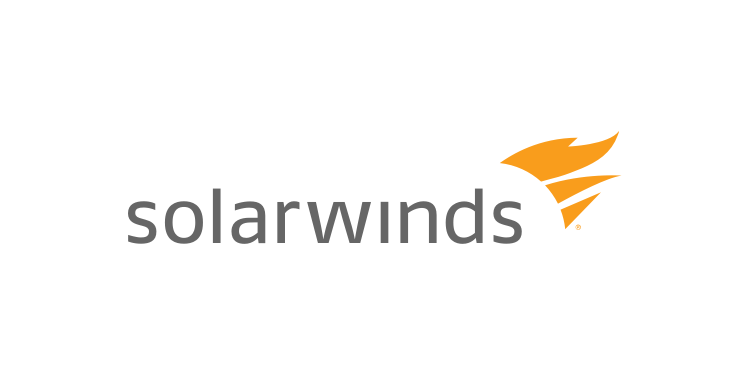

- #Solarwinds orion breach software
- #Solarwinds orion breach code
- #Solarwinds orion breach professional
#Solarwinds orion breach software
government and software industry into action. Ensuring the cybersecurity of the nation has been on our High Risk List since 1997.Ī detailed timeline of federal government and private sector activities to remediate the breach is illustrated in the graphic below.Major cyberattacks since 2019 jolted the U.S. We continue to emphasize that the federal government needs to move with greater urgency to improve the nation's cybersecurity as the country faces grave and rapidly evolving threats. GAO and Congressional monitoring will continueĬongress held multiple hearings to gather and report information on the timeline of events related to the SolarWinds hack, and larger issues such as IT supply chain security (meaning the security of information and communications technology products and services), threat actor capability and motivation, and future federal actions and improvements.Īlthough our examination of SolarWinds is ongoing, we have previously reported on IT supply chain risks and major cybersecurity challenges. This group includes officials from the Office of the Director of National Intelligence, FBI, and CISA, with support from the National Security Agency. On December 16, the White House’s National Security Council activated the Cyber Unified Coordination Group, who is responsible for coordinating the government-wide response to the incident. In response to this breach, on December 13, 2020, the Department of Homeland Security’s Cybersecurity and Infrastructure Security Agency (CISA) released an emergency directive outlining required mitigations for federal agencies to prevent further exploitation of federal information systems.
#Solarwinds orion breach code
Microsoft informed several federal agencies that their unclassified systems had been breached and took steps with other industry partners to redirect the malicious network traffic away from the domain used by the threat actor to render the malicious code ineffective and prevent further compromise. The compromise allowed the threat actor to gain unauthorized network access. In addition, in coordination with FireEye, Microsoft reported the threat actor was able to compromise some of Microsoft’s cloud platforms.
#Solarwinds orion breach professional
Of those, the threat actor targeted a smaller subset of high-value customers, including the federal government, to exploit for the primary purpose of espionage.įireEye-a cybersecurity professional services firm-stated that in November 2020 it had detected an intrusion to its systems and later informed SolarWinds of the compromise of the Orion platform. SolarWinds estimates that nearly 18,000 of its customers received a compromised software update. Since SolarWinds is widely used in the federal government to monitor network activity on federal systems, this incident allowed the threat actor to breach infected agency information systems. According to cybersecurity researchers, the threat actor was then able to remotely exploit the networks and systems of SolarWinds’ customers who had downloaded the compromised software updates using a sophisticated computing infrastructure. The trojanized code had provided the threat actor with a “backdoor”-a program that can give an intruder remote access to an infected computer. SolarWinds released the software updates to its customers not realizing that the updates were compromised. Then, beginning in February 2020, the threat actor injected trojanized (hidden) code into a file that was later included in SolarWinds’ Orion software updates. The threat actor first conducted a “dry run,” injecting test code into SolarWinds’ network management and monitoring suite of products called Orion. We here at GAO are currently conducting a comprehensive review of the breach with plans to issue a public report later this year.īeginning in September 2019, a campaign of cyberattacks, now identified to be perpetrated by the Russian Foreign Intelligence Service (hereafter referred to as the threat actor), breached the computing networks at SolarWinds-a Texas-based network management software company.

This information is based on publicly disclosed information from federal and private industry sources.

In today’s WatchBlog post, we look at this breach and the ongoing federal government and private-sector response. The cybersecurity breach of SolarWinds’ software is one of the most widespread and sophisticated hacking campaigns ever conducted against the federal government and private sector.


 0 kommentar(er)
0 kommentar(er)
